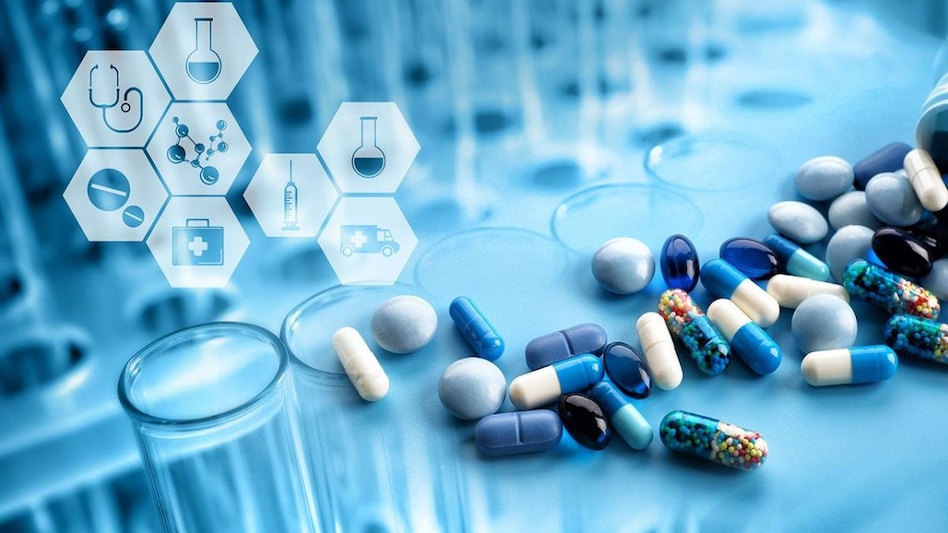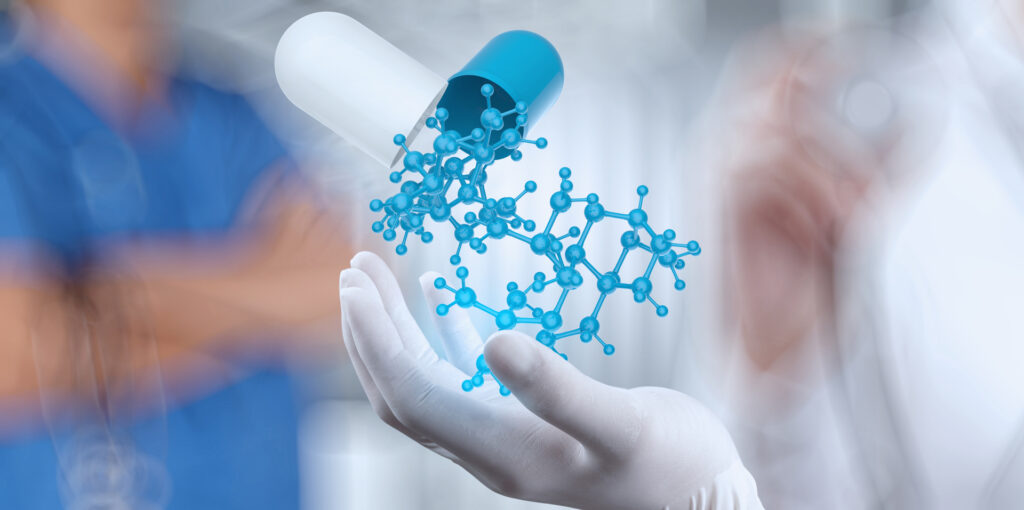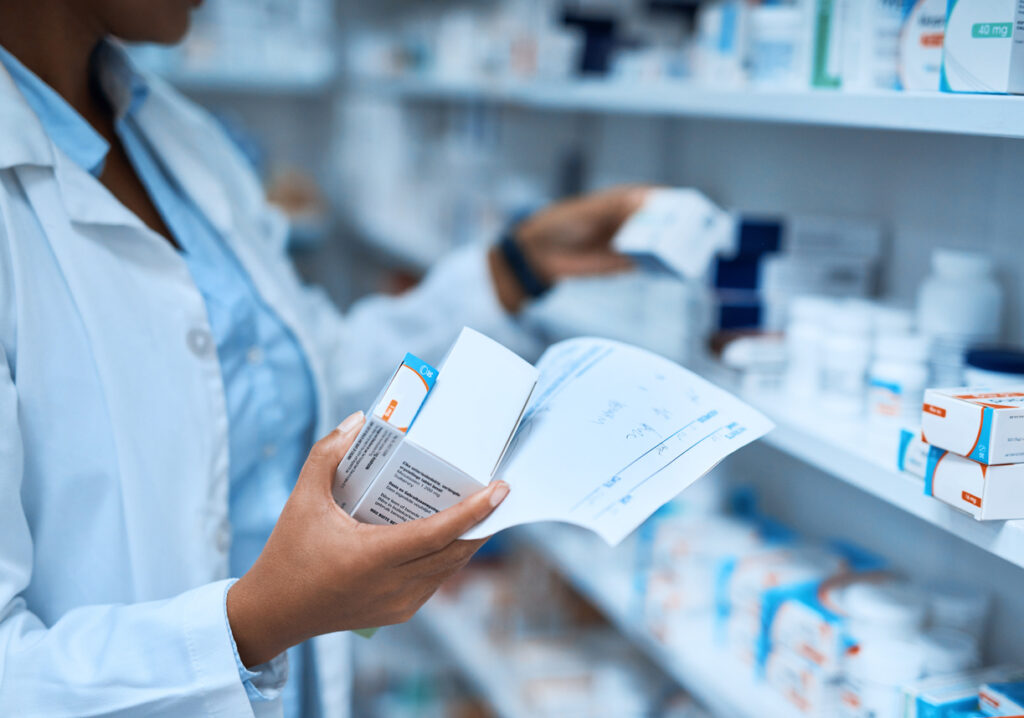
In the ever-evolving landscape of healthcare, the creation of new medications stands as a beacon of hope, promising better treatments and potential cures for countless diseases.
This guide takes you behind the scenes, revealing the intricate process of developing new medications. Here, you’ll discover the challenges, triumphs, and relentless pursuit of knowledge that define this crucial endeavor.
The year 2024 marks a significant milestone in the journey of biotech companies as they harness cutting-edge technologies and innovative strategies to push the boundaries of medical science.
Table of Contents
The Genesis of a New Medication

Source: bankrate.com
The journey begins with the identification of a target: a biological entity implicated in a disease. Researchers invest countless hours studying the disease’s mechanics, aiming to understand how altering the target’s behavior could lead to a cure or relief. This phase is critical; it sets the foundation upon which everything else is built. The identification of a target involves a multidisciplinary approach, combining genetics, molecular biology, and bioinformatics to pinpoint the exact mechanisms that could be disrupted.
Exploring the Unknown
Once a target is identified, the quest for a molecule or compound that can affect it begins. High-throughput screening, a process where thousands of substances are examined for potential effects on the target, often serves as the starting point.
Advances in artificial intelligence and machine learning have revolutionized this step, enabling more efficient and precise identification of promising candidates. This technology-driven approach allows researchers to simulate the interactions between millions of potential compounds and the target, drastically cutting down the time and resources needed for discovery.
The Power of Synthesis

Source: pharmaadda.in
Discovering a potential candidate is only the beginning. Scientists then modify these molecules, enhancing their efficacy, reducing potential side effects, and ensuring they can reach the target within the human body. This iterative process of synthesis and testing is both an art and a science, requiring deep expertise and creative thinking.
Through a meticulous process of chemical modification, researchers strive to optimize the drug’s properties, such as its stability, solubility, and ability to bypass the body’s natural defenses. Each iteration brings the molecule closer to the ideal candidate, one that not only acts effectively on the target but also demonstrates favorable pharmacokinetics, ensuring it remains active in the body for an optimal duration.
Navigating Clinical Trials
With a promising candidate in hand, biotech companies enter the clinical trial phase. This rigorous process is divided into several stages, each designed to answer specific questions about the new medication’s safety, efficacy, and optimal usage.
Clinical trials represent a critical bridge between the bench and the bedside, translating scientific discoveries into real-world therapies. These studies are carefully designed to meet stringent regulatory standards, ensuring that the data collected is robust and reliable. Moreover, they involve the collaboration of a wide range of professionals, including clinicians, statisticians, and ethicists, to safeguard the well-being of participants and integrity of the research.
Phase I: Safety First

Source: blog.bizvibe.com
The initial phase of clinical trials focuses on safety. A small group of volunteers receives the medication, allowing researchers to observe its effects in humans for the first time. This stage is crucial for determining the correct dosage and identifying any potential side effects.
Phase I trials are pivotal in assessing the drug’s pharmacodynamics—how it affects the body—and pharmacokinetics—how the body processes the drug. These trials set the stage for broader studies, providing the first glimpse into the drug’s behavior in humans and guiding adjustments in formulation or dosing.
Phase II: Efficacy and Side Effects
In Phase II, the focus shifts to efficacy. This phase involves a larger group of participants who have the condition that the medication aims to treat. It’s here that the effectiveness of the medication is tested, alongside a closer examination of its side effects.
This phase often employs placebo controls and randomization to ensure that the results are attributable to the medication and not other factors. Phase II trials are a delicate balance, aiming to prove the drug’s potential without exposing participants to unnecessary risks, a challenge that requires rigorous ethical considerations and regulatory compliance.
Phase III: Comprehensive Evaluation

Source: ebony.com
Phase III trials are even more extensive, enrolling hundreds to thousands of participants. These trials provide the comprehensive data needed to confirm the medication’s efficacy and monitor adverse reactions. The success of this phase is vital for the medication to advance towards regulatory approval.
Phase III studies are the final step before a drug reaches the market, often involving multiple countries and diverse populations to ensure the findings are broadly applicable. The data gathered not only supports the drug’s approval but also guides its use in clinical practice, including dosing recommendations and potential drug interactions.
Regulatory Approval
Achieving regulatory approval is the final hurdle. Biotech companies must compile and submit a dossier of all the data collected during the development process to regulatory authorities like the FDA in the United States or the EMA in Europe. This step involves a meticulous review of the medication’s safety and efficacy, with the ultimate goal of ensuring that the benefits outweigh the risks.
The submission process is exhaustive and requires a comprehensive presentation of the drug’s development journey, from initial discovery through clinical trials. Regulatory agencies conduct a thorough evaluation, often consulting external experts to assess the drug’s risk-benefit profile. The approval process is a testament to the rigor and integrity of the drug development pipeline, ensuring that only those medications that meet the highest standards reach patients.
The Road to Patients

Source: m.economictimes.com
Upon receiving approval, the medication can finally be made available to patients. However, the journey doesn’t end here. Post-marketing surveillance continues to monitor the medication’s performance in the broader population, ensuring its ongoing safety and effectiveness.
This phase, also known as Phase IV, is crucial for detecting any rare or long-term adverse effects that may not have been apparent in clinical trials. It also provides an opportunity to explore new uses for the medication, potentially benefiting a wider range of patients.
The transition from approval to patient care underscores the collaborative effort between biotech companies, healthcare professionals, and patients themselves, all striving towards the common goal of improving health outcomes.
In Summary
The development of new medications by biotech companies is a complex, challenging journey fraught with risks and uncertainties. Yet, it’s also a journey of hope—a pursuit that holds the promise of transforming lives and advancing the frontiers of medicine.







